
U Minh Forest is located in the Southwest region, stretching from Ong Doc River in the South of Ca Mau Province to Cai Lon River in the North of Kien Giang Province. The Trem Trem and Cai Tau rivers merge, dividing U Minh Forest into two almost equal parts, which are U Minh Thuong Forest in the North and U Minh Ha Forest in the South. U Minh Ha Forest is famous for its wild natural scenery and rich and diverse flora and fauna.

The 45,000-hectare U Minh Ha Forest, located in the two districts of U Minh and Tran Van Thoi in Ca Mau province, is one of the three core areas of the Mui Ca Mau World Biosphere Reserve recognized and preserved by the United Nations Educational, Scientific and Cultural Organization (UNESCO). During the reclamation period, the two words "U Minh" made people think of the image of immense primeval forests.

Culturalist Nham Hung said: "Writer Nguyen Van Bong in the book Southern Forest Land said a sentence: The pioneers who came here to Ca Mau Cape either jumped into the Pacific Ocean or had to fight to survive. That means, U Minh is a sacred forest. Whoever comes here must find every way to fight against the harshness of nature, wild animals and diseases to survive."
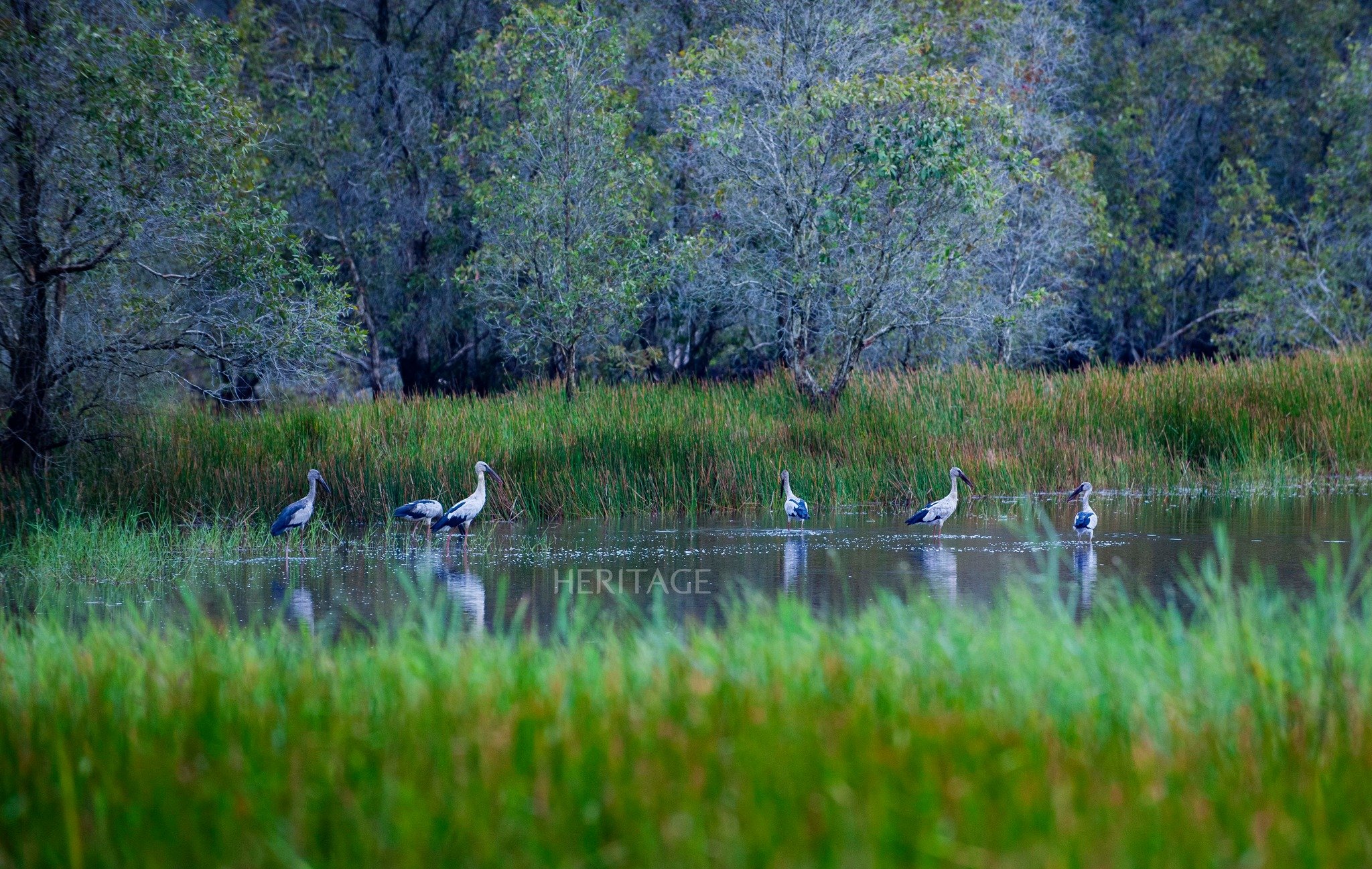
In the U Minh Ha forest, the story of wild animals attracts many people. Here, there are big snakes, both heads wrapped around tree trunks, while the rest of their bodies hang down in the water, swinging and splashing water to catch fish. Not everyone can easily witness the “snake god” once in their life. Perhaps that is why the story of the giant snake in the U Minh Ha forest is half-true, half-fictional like a legend.

Currently, the area of U Minh Ha forest in Ca Mau province is 35,000 hectares. The flora and fauna ecosystem is diverse and rich, with more than 100 species of plants and 198 species of animals, including birds, reptiles, amphibians, and freshwater fish. Guests are always treated as relatives.

The history of survival in U Minh Ha also mentions the domestication of wild animals, the most successful of which was luring wild bees to build nests for honey. Under the canopy of cajuput forests, bees are given nests by humans. From February every year, it is the preparation for the bee-raising season. Because this is the dry season, the forest is dry, cajuput flowers bloom and release the scent of cajuput flowers. According to the habits of bees, wherever there is a fragrant flower scent, they will come to collect nectar and build nests.

To collect honey, workers must carry a smoke can or a coconut fiber torch, long-sleeved clothes, a head net, gloves, a knife and tools to contain the hive and honey. They use a knife to cut and separate the honey from the comb, leaving about 1/3 of the comb for the bees to continue making the nest. A hive, if well cared for, can collect honey 3-4 times a year.

U Minh Ha today is invested in infrastructure for development, especially tourism exploitation. The event "U Minh Forest Fragrance" is organized annually by Ca Mau province to promote the image of this land to tourists from all over, contributing to making U Minh forest become a unique highlight in the southernmost part of the country. Coming to U Minh Ha with green cajuput trees, red water and human love here gives us a feeling of closeness to wild nature and reliving a time of opening up the South.
Photo: Lang Du
Heritage Magazine










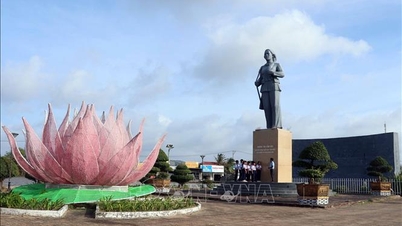



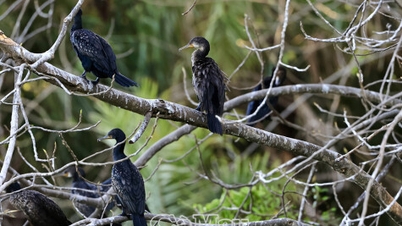

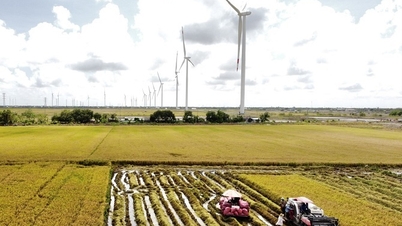



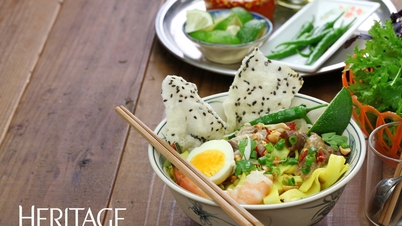

![[Photo] Urgently help people soon have a place to live and stabilize their lives](https://vphoto.vietnam.vn/thumb/402x226/vietnam/resource/IMAGE/2025/12/09/1765248230297_c-jpg.webp)

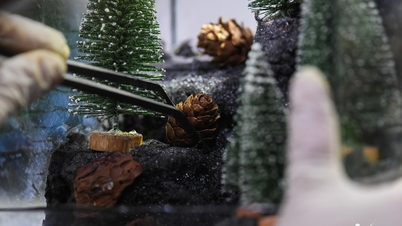

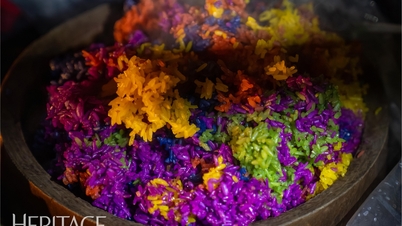




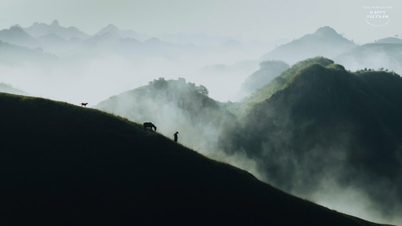
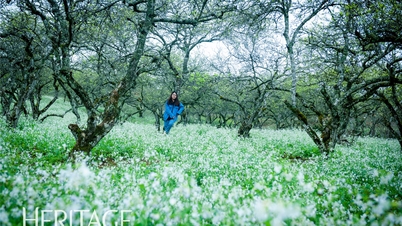
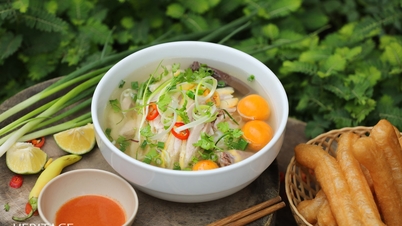
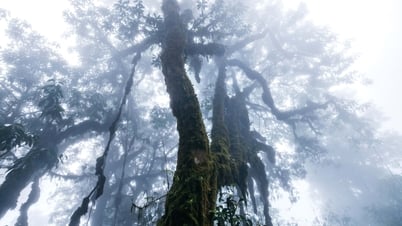

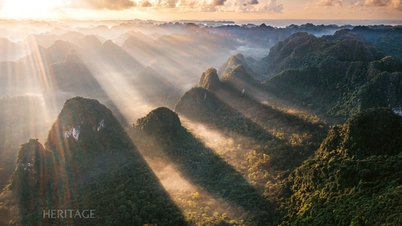
![[Photo] Urgently help people soon have a place to live and stabilize their lives](/_next/image?url=https%3A%2F%2Fvphoto.vietnam.vn%2Fthumb%2F1200x675%2Fvietnam%2Fresource%2FIMAGE%2F2025%2F12%2F09%2F1765248230297_c-jpg.webp&w=3840&q=75)



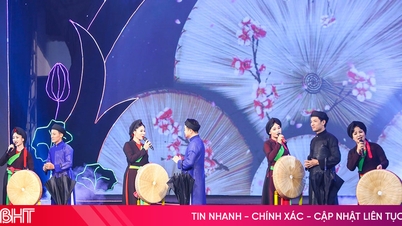



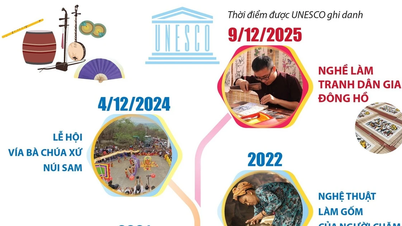

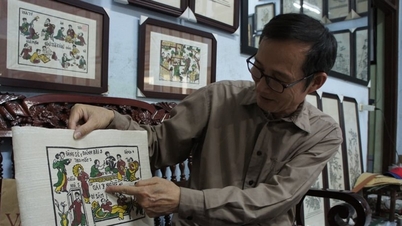



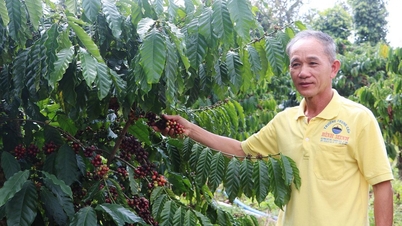



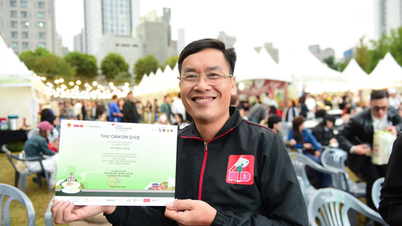










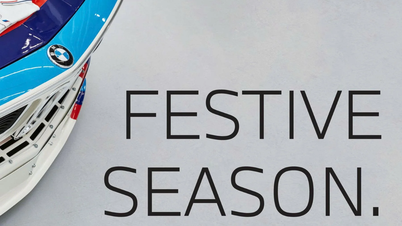












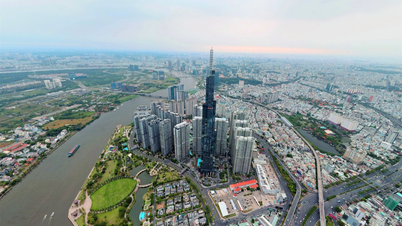
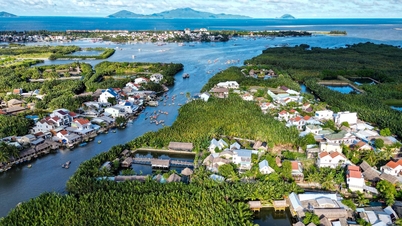


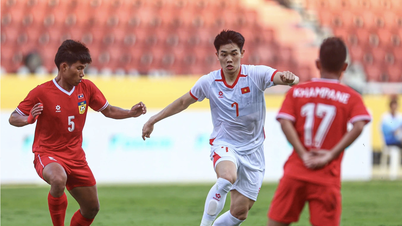














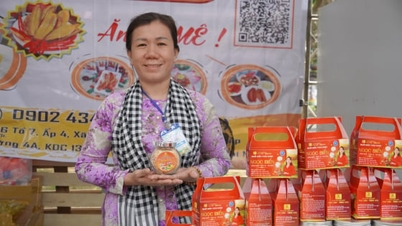
















Comment (0)